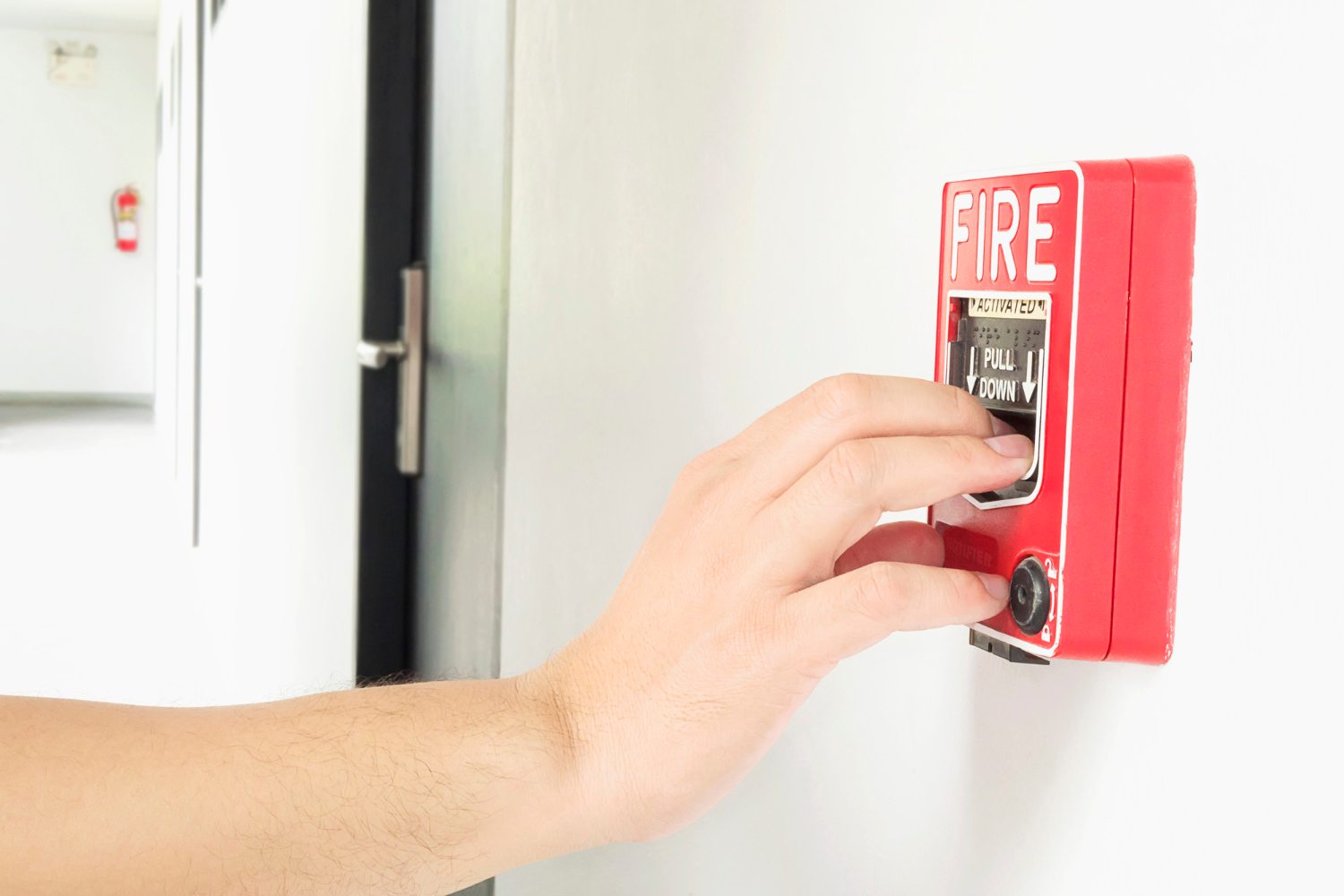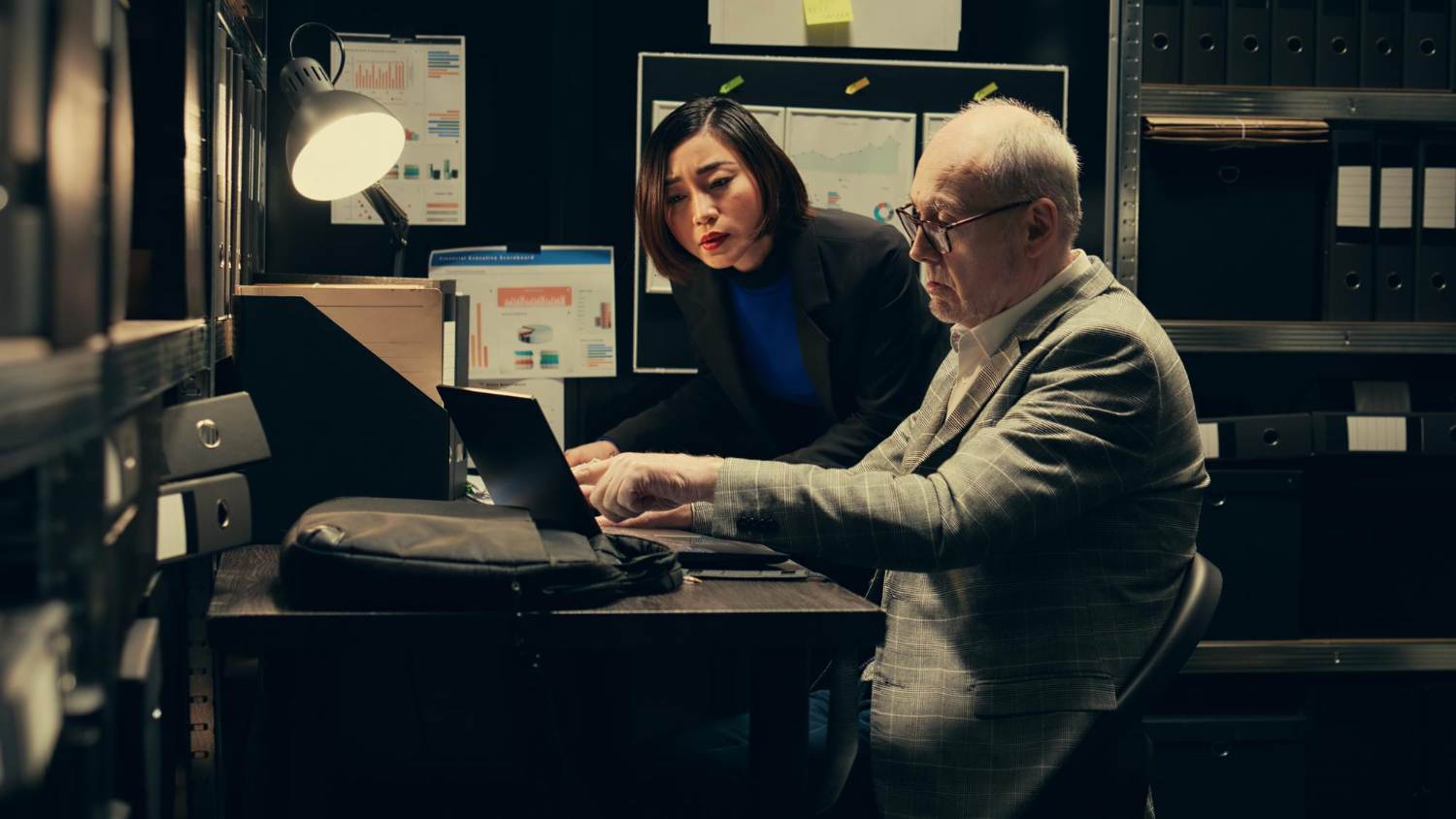Integrated security systems combine multiple safety tools into one platform, offering better protection and simplified management. Here’s what to look for:
- Core Features: Video surveillance, access control, motion sensors, fire alarms, and intrusion detection.
- Benefits: Faster threat detection, easier management through a single interface, automated responses, and regulatory compliance.
- Must-Have Features:
- Compatibility with IP protocols (e.g., ONVIF-compliant cameras).
- Centralised control systems for monitoring and quick action.
- Scalability for future upgrades and growth.
- Safety Standards: Ensure compliance with UK regulations like BS 5839-1:2025 and certifications such as NSI Gold or SSAIB.
- Provider Selection: Look for experienced providers offering 24/7 support, preventative maintenance, and technical expertise.
Tip: Choose a provider with certifications and a proven track record to ensure reliability and long-term support.
Must-Have Features for Integrated Security
Component Compatibility
Today’s security systems rely heavily on IP technology for smooth communication between devices. When assessing compatibility, focus on equipment that supports standard IP protocols and allows for open-source integration. For example, ONVIF-compliant cameras are a smart choice because they ensure that video surveillance equipment from different brands works together seamlessly.
Hardwired, low-voltage cabling remains a dependable option for integrating various security components. This type of infrastructure supports the connection of:
- Video surveillance systems
- Access control systems
- Fire detection devices
- Intrusion sensors
- Building automation tools
These compatibility elements play a key role in improving the overall efficiency of your security setup. For more details on integrating high-quality systems, visit Amax Fire & Security.
Central Control Systems
At the core of any integrated security system is its central management platform. A solid control system should simplify operations and boost situational awareness with features like these:
| Feature | Purpose | Benefit |
|---|---|---|
| Unified Dashboard | Centralised monitoring | Improves response times and awareness |
| Mobile Access | Remote control capabilities | Allows 24/7 monitoring from anywhere |
| Automated Responses | Pre-programmed protocols | Reduces human error during emergencies |
| Real-Time Analytics | Insights from live data | Helps in early threat detection |
"Consolidating commercial security functions into a single platform or interface instantly streamlines operations and drives efficiency." – Solucient Security
A scalable control platform is critical for accommodating future growth and evolving needs.
System Growth and Updates
A security system must be designed to grow with your needs. Scalability ensures that the system remains effective over time. Key factors to consider include:
- Flexible Architecture
The system should allow for both vertical (adding features) and horizontal (expanding coverage) scaling. - Frequent Updates
Look for solutions that support regular software updates and security patches without requiring a complete hardware overhaul. This keeps your system ready to handle new threats while maintaining efficiency. - Expansion Capacity
Choose systems that can easily integrate:- Additional cameras
- New access control points
- Advanced monitoring features
- Emerging technologies
Safety Standards and Certifications
Required Safety Regulations
When choosing the best integrated security system, it’s crucial to ensure it aligns with key UK safety regulations. These include secure data handling, quick system recovery, continuous testing, and robust incident response protocols. Here’s a quick breakdown of the core requirements:
| Requirement | Implementation Details |
|---|---|
| Data Protection | Ensure secure processing and storage of personal data. |
| System Recovery | Enable rapid data restoration after technical issues. |
| Regular Testing | Continuously evaluate the effectiveness of security measures. |
| Incident Response | Establish protocols for managing breaches and system failures. |
Additionally, fire detection systems must adhere to BS 5839-1:2025 standards, particularly for non-domestic environments, ensuring top-notch performance and reliability.
"Processed in a manner that ensures appropriate security of the personal data, including protection against unauthorised or unlawful processing and against accidental loss, destruction or damage, using appropriate technical or organisational measures" – Article 5(f) of the UK GDPR
Meeting these regulations is just the foundation. Quality certifications further validate the reliability of your security system.
Quality Certification Requirements
Certifications play a vital role in confirming a system’s safety and performance. They not only build trust but can also lead to better insurance terms. In the UK, two prominent certifications stand out:
NSI (National Security Inspectorate) Certification:
- Gold Level: Represents the highest standard, covering both product quality and management systems.
- Silver Level: Focuses specifically on product quality.
- Annual audits ensure ongoing compliance.
- Over 2,000 companies hold NSI approval.
SSAIB (Security Systems and Alarms Inspection Board):
- Evaluates adherence to professional standards.
- Recognised by insurers and law enforcement agencies.
"NSI certification is a mark of quality and trust and demonstrates that the provider meets the highest standards of competence and performance." – GBSG
To confirm the legitimacy of certifications:
- Look for the NSI Gold or Silver logos on provider materials.
- Verify certification status on official websites.
- Request compliance certificates before installation.
These certifications not only ensure the quality and reliability of your system but can also positively influence insurance premiums and police response policies. With over 2.75 million Certificates of Compliance issued by NSI-approved companies, these standards have become a benchmark for excellence in security systems.
For more information about our tailored security solutions and ongoing support, visit our services page.
What Features Should I Look For In Integrated Security Cameras? – SecurityFirstCorp.com

sbb-itb-6668fe6
Choosing Security System Providers
After reviewing system features and safety standards, the next step is finding the right provider. The provider you choose should excel in technical expertise and offer dependable long-term support.
Service and Maintenance Plans
A solid service plan is essential to keep your security system running smoothly and reliably. A good maintenance agreement should cover:
| Service Component | Key Benefits |
|---|---|
| 24/7 Support | Access to technical help and emergency assistance whenever needed |
| Preventative Maintenance | Scheduled system checks to avoid failures and prolong equipment life |
| Remote Diagnostics | Quick troubleshooting with minimal system downtime |
| Parts and Labor Coverage | Full coverage for repairs and replacements, saving you unexpected costs |
| Compliance Updates | Regular updates to align with evolving security regulations |
To ensure lasting reliability and cost efficiency, invest in a Service and Preventative Maintenance Plan during installation. Providers offering tailored maintenance schedules can help you get the most out of your system. For more details on professional maintenance, check out our maintenance services page.
It’s equally important to confirm that the provider meets high industry standards.
Provider Experience Check
One key indicator of a trustworthy provider is NSI certification, which guarantees technical skill and reliability.
"NSI approval tells you the company is: Technically Competent, Professional, Trusted" – NSI
What to Look For:
- Ensure the provider holds SSAIB certification and recognised insurance approvals to meet industry benchmarks.
- Look for proven expertise in risk assessment and security system design.
For a reliable and seamless security setup, choose a best integrated security system provider with these credentials. Regular maintenance and professional monitoring are essential for keeping your system at peak performance.
Conclusion: Selecting Your Security System
Main Decision Points
When choosing a security system, keep these key factors in mind:
| Decision Factor | Key Considerations |
|---|---|
| System Integration | Compatibility between components, centralised control options |
| Infrastructure | Network capacity and data management requirements |
| Scalability | Potential for future growth and modular upgrades |
| Monitoring Options | Self-monitoring versus professional monitoring services |
| Provider Credentials | Industry certifications and proven track record |
A well-thought-out security system can streamline operations and cut costs. For instance, one municipal agency reported a 68% reduction in IT and administrative expenses after implementing automated workflows and centralised management.
These considerations can guide you toward a system that aligns with your current needs and future goals.
Getting Started
To kick off the process, evaluate both your immediate security requirements and your long-term growth plans. A Risk Manager from American Bank Holding Company highlighted the importance of customisation:
"Customisation and reducing our risk index have always been key priorities for our company… They certainly met our requirements and exceeded our expectations."
Partner with security professionals who can:
- Conduct thorough risk assessments
- Design solutions that grow with your needs
- Offer continuous support and maintenance
- Ensure compliance with all safety regulations
For more details on tailored options, check out our advanced security package.
Look for providers who deliver personalised solutions with a proven track record. Regular system audits and updates are essential for keeping your security measures effective over time.
A Senior Executive from a postsecondary institution shared how real-time monitoring has transformed their operations:
"Having a comprehensive view of our pharmacy department at all times ensures our staff can see what’s happening in real time and respond without delay to any unusual activity. Thank you, Security 101."
Take the first step by scheduling a professional assessment. This will help identify your specific security needs and create a customised, scalable system to protect what matters most.
FAQs
How can I ensure my security system is scalable and ready for future needs?
To keep your security system prepared for growth and future demands, prioritise flexibility, compatibility, and planning ahead. Modular systems are a smart choice – they let you add or upgrade components as your requirements change, saving you from the hassle of replacing the entire setup.
Look for systems designed with interoperability in mind. This means they can work seamlessly with components from various manufacturers, which not only cuts costs but also simplifies upgrades when new technologies become available. By routinely assessing your system’s performance and planning for future needs, you can ensure it remains effective and ready for whatever comes next.
How can I confirm if a security system provider is certified and adheres to industry standards?
To make sure a security system provider aligns with industry standards, check for certifications from well-known organisations like SSAIB, NSI, or UL. These certifications indicate that the provider meets crucial safety and quality requirements.
It’s also important to confirm whether the provider adheres to established standards such as ISO 9001 for quality management or ISO/IEC 27001 for information security. Reputable providers typically showcase these certifications on their website or can provide documentation if requested. If you’re uncertain, ask for proof of their credentials to ensure you’re partnering with a reliable professional.
What are the advantages of using a centralised control system for integrated security?
A centralised control system for integrated security brings a host of benefits. By merging all security components into a single interface, it enables real-time monitoring and visibility. This streamlined setup makes it easier to respond swiftly to incidents while ensuring security protocols are consistently enforced.
On top of that, centralised systems cut down on the hassle of managing multiple systems, simplifying operations. This approach not only boosts efficiency but can also help reduce operational costs. Plus, consolidating all security data in one place allows for deeper analysis and quicker identification of potential threats, enabling organisations to stay ahead in tackling security concerns.



